Key Takeaways
California has traditionally kept college affordable with a combination of low tuition—particularly at its community colleges—and generous financial aid. However, past recessions prompted cuts in state funding to the University of California (UC) and California State University (CSU), and tuition tripled between 1995–96 and 2011–12. Since then state funding has increased and tuition at public institutions has remained relatively stable. However, in an era of constrained resources, revenue volatility, and increasing economic inequality, a resilient, effective, and efficient financial aid system is increasingly important.
- A combination of federal, state, and institutional aid protects lower-income students from tuition increases and ensures that most students at public higher education institutions pay no tuition. However, the combined cost of housing, fees, books, and transportation often greatly outstrips tuition. The state should consider expanding aid to cover these costs for students most in need—this could be particularly helpful at the community colleges, which serve large shares of lower-income Californians.
- Only half of California’s high school seniors apply for federal financial aid for college, even though two-thirds enroll in a postsecondary institution. The state and its educational institutions should work together to make students aware of their financial aid options and make it easier for them to apply.
- Many students take longer than four years to complete bachelor’s degrees. Reducing the time to degree at four-year colleges would allow students to avoid the costs associated with extra years of schooling, ensure that their financial aid does not run out, and enable them to enter the workforce sooner.
- Transferring from community college to a four-year university can be a cost-effective way to earn a bachelor’s degree, but transfer pathways need to be streamlined to help more students get degrees more quickly.
- Californians—especially those who enroll in public or nonprofit colleges—are less likely to carry student loan debt than their peers in other states, and they borrow less, on average, than students in the rest of the nation. But some graduates—and many who do not graduate—struggle to pay off their loans.
College Costs Can Be a Barrier to Access and Success
The cost of attending college in California remains a significant hurdle to educational attainment for many Californians. About eight in ten Californians surveyed by PPIC (2018) see college affordability as a problem, and 61 percent believe that there is not enough government support for scholarships and grants. In a recent survey by the California Student Aid Commission, 64 percent of student respondents identified college costs or the management of school and work responsibilities as the biggest obstacles to success (California Student Aid Commission 2019a). Among high school graduates in California, those from low-income families are only about half as likely to enroll in a four-year college as their higher income peers (Johnson and Cuellar Mejia 2020b).
Tuition, the most familiar college cost, varies considerably across institutions. While private colleges rely mostly on tuition to cover their operating expenses, public universities cover the cost of educating a student with a combination of tuition and state budget appropriations. Until the late 1990s, state funding for public higher education covered the majority of this cost. However, state funding for the University of California and California State University was cut by a third during a series of severe recessions; as a result, tuition tripled between 1995–96 and 2011–12.
Over the past decade, tuition at public universities and colleges has held steady, but other costs associated with attending college—especially housing—have increased. In fact, for a majority of students attending public postsecondary institutions in California, the combined cost of housing, fees, books, and transportation is greater than tuition. This is particularly true for those enrolled in community college (Figure 1).
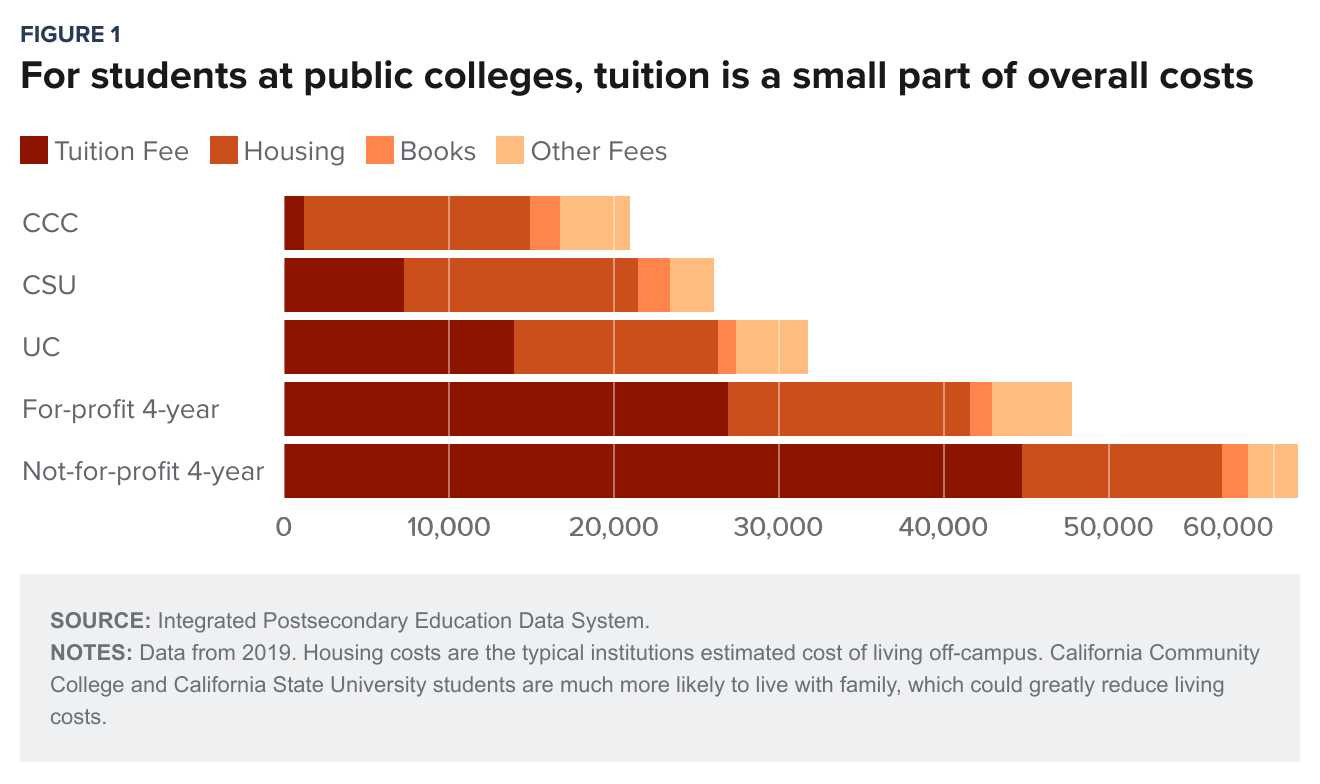
Affordability seems to be a significant factor in whether and where students choose to go to college. In 2017–18, California high school graduates with incomes low enough to receive free or reduced-price lunch were less likely to attend college in California (57%) compared to their peers (75%). Almost two-thirds of low-income students who did enroll in postsecondary schooling started at a community college, compared to about half of their peers.
Financial need differs not only across types of colleges, but also within colleges. One way to measure financial need is by examining Pell Grants, which are awarded to students with exceptional financial need. Pell Grant recipients make up fewer than half of students (45%) at the CSU and UC, but there are some significant racial/ethnic disparities: more than half of Black and Latino students at UC and CSU receive Pell Grants, compared to fewer than a third of white students (Figure 2).
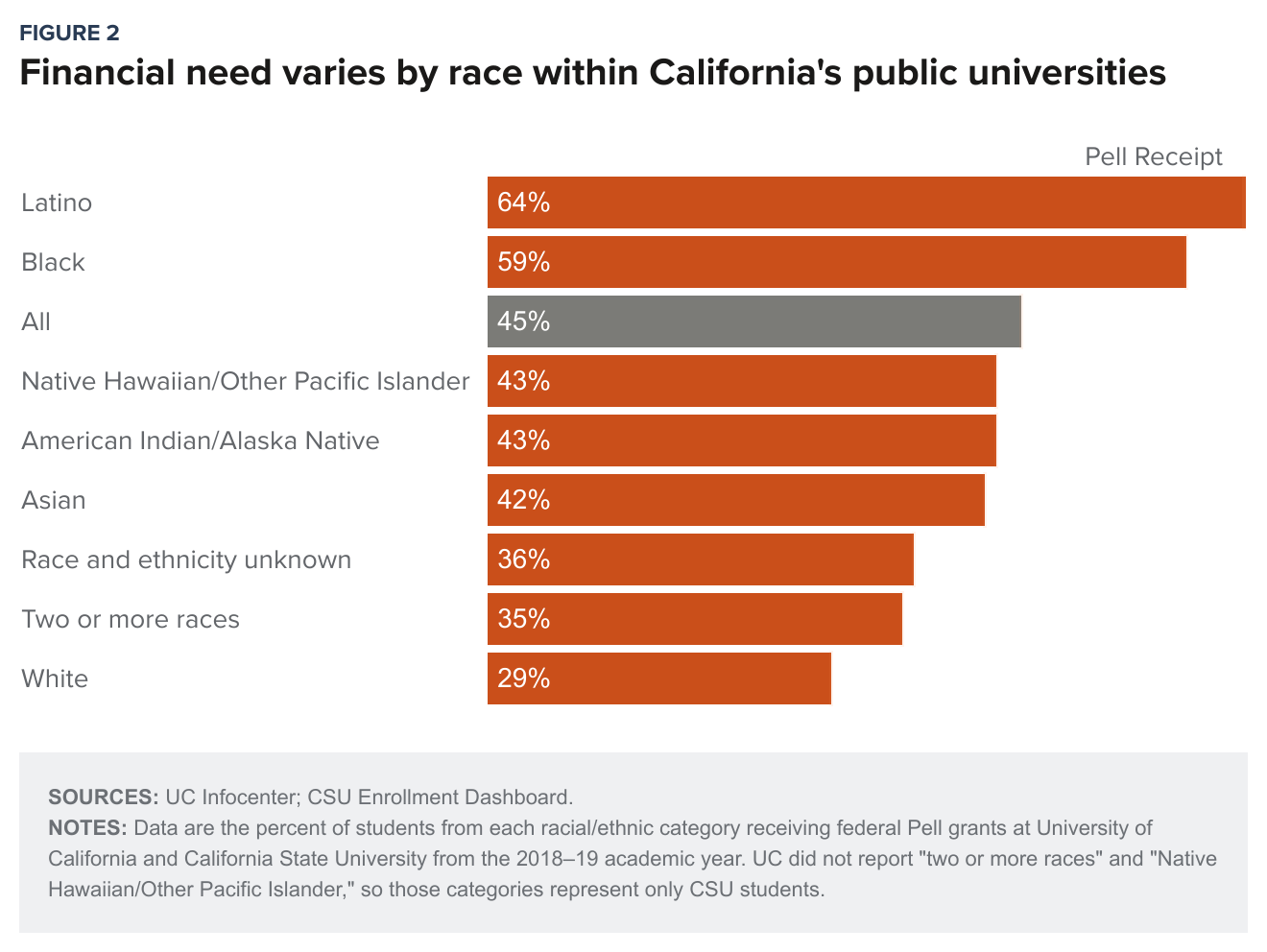
Making college affordable for more students can potentially increase access and lower barriers to completion, which could help close the projected degree gap by 2030, and at the same time promote more equitable access to and success in college. Deciding how to distribute financial aid, how much should be provided, and how best to ensure that these investments lead to improved student outcomes, involves balancing competing priorities and making the most of limited resources.
Financial Aid Keeps College Affordable for Many, but the Costs Are Daunting for Some
California has a long history of making college affordable. In the past, its public colleges and universities charged little or no tuition. More recently, the state has combined higher tuition with more financial aid to cover tuition for students most in need of financial assistance. After tuition rose dramatically during the Great Recession, policymakers made incremental, targeted investments to address the growing cost of college, focusing on students with the most financial need.
California’s robust student aid program, coupled with federal and institutional grants, ensures that the majority of California public college students do not pay tuition. As the total cost of college—including housing, books, and food—continues to rise, the state faces the challenge of determining the best way to ensure equitable access to the state’s colleges and universities while preventing overwhelming student debt.
Federal, State, and Institutional Programs Reduce Tuition, but Other Costs Are High
Traditionally, state financial aid programs have subsidized tuition at public four-year colleges to ensure that all students in California have the opportunity to pursue higher education. This strategy has kept tuition relatively affordable.
Not all students access the financial aid that is available to them. In order to receive Cal Grants, prospective (and current) students must fill out the federal Free Application for Student Aid (FAFSA). However, only 54 percent of high school seniors in the state applied for aid in 2019, while about two-thirds of graduates enrolled in higher education. Researchers estimate that up to 20 percent of community college students who would qualify for federal grants do not apply (Wheelhouse 2018). Application rates vary considerably across the state: in Waterford School District near Modesto, slightly more than 20 percent of seniors applied, while in Los Angeles Unified, the largest in California, more than 80 percent of seniors applied.
With all grant aid accounted for, the total cost of college differs considerably across family income levels (Figure 3). For example, a CSU student from a family making more than $110,000 per year pays, on average, more than $21,000 per year, while a CSU student whose family earns less than $30,000 pays $6,300. However, the proportionate cost of college is quite high for low-income students: the net cost could make up a quarter to a third of a low-income family’s total income.
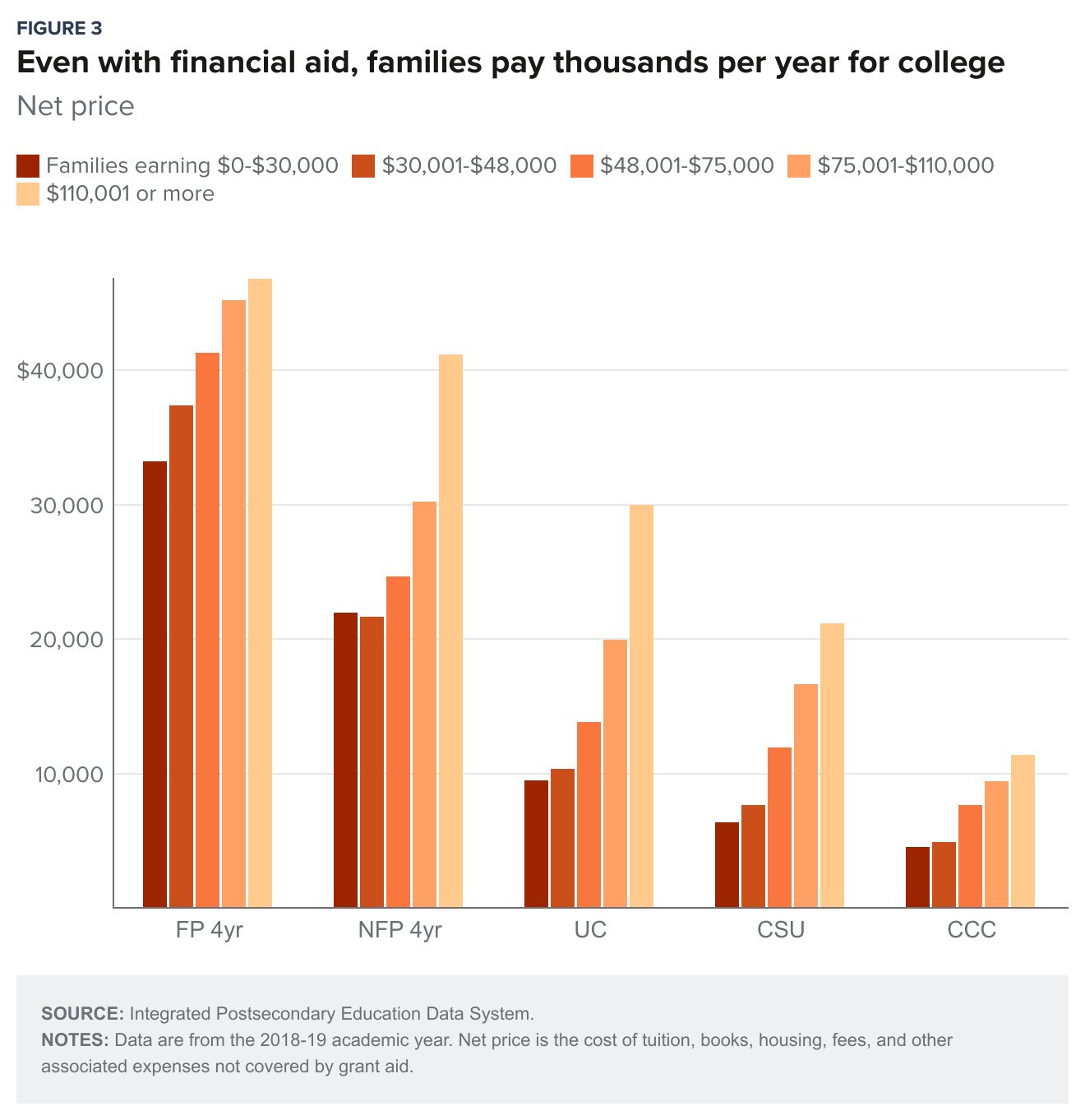
Costs Are Higher for Students Who Take More Time to Graduate
Estimating the total cost of college can be difficult, because many students take longer than four years to obtain bachelor’s degrees. For example, about one in four UC students who earn a degree and about half of CSU graduates take longer than four years to earn their degrees. Many students are attending full-time but are not enrolling in enough units to graduate on time, possibly to allow more time for work or study (Jackson 2020). Many factors—including degree requirements or changing majors—may also lead students to accumulate more units than the minimum necessary to graduate, leading to a longer time and more costs for students (Jackson and Cook 2016).
While starting out at a community college can be a cost-effective way to get a college degree, fewer than one in five eventual transfers do so within two years (Johnson and Cuellar Mejia 2020a). Transfer students are as likely to earn bachelor’s degrees as their peers who start out at four-year schools, but a third of transfers who graduate from UC and half of transfers who graduate from CSU take more than two years to obtain degrees.
Delayed entry to the workforce is perhaps the biggest cost to extra time in college, as median earnings for graduates from California’s public universities are about $40,000 per year. However, students also face significant costs for extra years of tuition and living expenses. Students may have to cover those costs without aid, as they may lose Cal Grant eligibility if they take longer than four years to graduate, and could lose Pell Grant eligibility after six years. These extra costs combined with deferred income can add up—particularly for African American and Latino students, who are more likely to take more than four years to earn a degree (Jackson 2020).
Student Loan Debt among Californians Is Low, but Some Struggle to Pay off Loans
To pay for college costs that are not covered by financial aid, many students take out government and/or private educational loans. By most measures, Californians carry less educational loan debt than students in other states. This is partly because Californians are more likely than those in other states to start at a community college, where tuition is among the lowest in the nation and students rarely take out federal loans.
However, California’s generous aid programs also play a role. Across four-year nonprofit public and private institutions, the estimated share of graduates with federal and private college debt is 47 percent, while the national average is 62 percent. Moreover, the average amount of educational debt per borrower is among the lowest in the nation—at about $21,500, compared to the national average of about $29,000 (Institute for College Access and Success 2020).
Most California students who borrow to cover college costs get loans from the federal government, which calculates loan offers based on family ability to pay and other available aid. In general, levels of student loan debt vary according to where Californians attend college. For example, students in for-profit institutions are much more likely to borrow: two thirds of first-time full-time freshmen take out federal loans, compared to only a third at public universities. On average, borrowers who graduate from private institutions of all types owe $5,000 to $10,000 more than their peers who attend public universities. Loan debt also varies by race. African American students—who are overrepresented at for-profit private institutions—are more likely to borrow for their education and are also likely to borrow larger amounts (California Student Aid Commission 2021).
Most students make progress paying off loans once they graduate, but many struggle to make payments. Three-year federal loan default rates are very low for graduates of public and nonprofit four-year institutions (at or below 3%), but there are signs that some Californians are having trouble paying their federal loans early on. A third of borrowers who graduated from public and private nonprofit four-year institutions do not make progress on paying off their loans in the first two years: they are in default, forbearance, have missed a payment, or are making smaller payments and have a balance that is more than it was when they graduated.
Loan default rates are higher for those who graduated from private, for-profit institutions (15% for two-year and 11% for four-year institutions), and a majority of borrowers who graduated from private, for-profit institutions are not making progress in the first two years after graduation. Moreover, borrowers who did not complete college are less likely to make progress on their loans than their peers who graduated.
College Could Be Affordable for More Students
Thanks to generous state aid that has grown with tuition, California has kept college affordable for many students. However, the state, institutions, and students can take—and are already taking—a number of steps to improve college access and success by making college more affordable for more students—particularly those who come from historically underrepresented groups.
Help more students take advantage of existing aid
Higher education institutions and their K–12 partners should work together to get more students to apply for aid. Students are leaving money on the table by not applying for aid—up to 20 percent of community college students who do not apply for aid would qualify for Pell Grants, which can help pay for costs beyond tuition. Recent Cal Grant policy changes will make more students eligible for state aid, and applying for aid could become even more important if the federal government acts on a proposal to increase the Pell Grant. The state recently passed AB 132, which mandates that school districts monitor and report on FAFSA and Dream Act application rates for their high school seniors and ensures that those that do not opt out apply for aid starting in 2023. In addition, the state plans to simplify the financial aid process by connecting student records to the California Student Aid Commission via the Cradle-to-Career Data System that is currently being developed. These steps could increase the number of students who apply for and receive aid.
Strengthen transfer pathways from community college to four-year college
Transferring from a community college to a four-year institution can be a cost-effective way to earn a bachelor’s degree. Completion and transfer rates at the state’s community colleges have been improving, but they remain low: only 19 percent of students who initially intend to transfer actually succeed, and most of those who do succeed often take more than four years to transfer and get baccalaureate degrees. Streamlining transfer pathways by making it easier for students to accumulate the right credits could make a more affordable path for students. Guided Pathways and the Associate Degree for Transfer have shown promise in reducing complexity and moving more students along transfer pathways. Also, the remediation reforms mandated by AB 705 are giving more students direct access to transfer-level coursework; this is likely to result in quicker accumulation of the credits needed to transfer, and may lead to a larger number of transfers (Rodriguez, Cuellar Mejia, and Johnson 2018).
Ensure timely paths to completion
Students who take more than four years to graduate pay more years of tuition, fees, living costs, and books—and they incur the cost of missed wages. Institutions should make sure students have the supports and paths to graduate in a timely manner. As a part of its Graduation Initiative 2025, CSU has focused on increasing the number of students taking course loads that lead to on-time graduation through changes in advising and aligning course offerings with demand. They have also standardized graduation requirements across many majors and reduced some major requirements. During this graduation initiative, course-loads have increased and on-time graduation has improved (Jackson and Cook 2016; Jackson 2020).
Reduce non-tuition costs through aid and policy
As we have seen, some students and families continue to struggle with the net cost of college. Expanding financial aid to cover more costs could be especially helpful in improving completion and transfer at community colleges, which serve a large share of lower-income students as well as many older, first-generation, and underrepresented students of color. Providing additional financial aid has been shown to improve student access and persistence (Bettinger 2004; Goldrick-Rab, Kelchen, Harris, and Benson 2016; Kurlaender, Martorell, and Friedmann 2021). However, given the size of the community college population, this would require a significant state investment. The governor recently vetoed a bill that would have provided funding for non-tuition costs for a larger number of students, citing its high cost. Targeting students with the greatest financial need could help reduce the cost increase of such a plan.
Housing, the largest cost associated with attending college for many students, is an issue that transcends higher education. Efforts to lower the cost of housing for Californians will also affect college affordability for students. The state allocated $2 billion in one-time grant funding to allow community colleges to develop housing for low-income students, which could help reduce the cost of attendance for prospective students. The state has also streamlined the CalFresh application process, allowing more students to claim CalFresh assistance, and invested $115 million to increase the use of open-access academic resources, which could reduce textbook costs for some students.
Topics
Access Affordability Equity Finance Higher EducationLearn More

Financial Aid Applications for College Increase after New Law
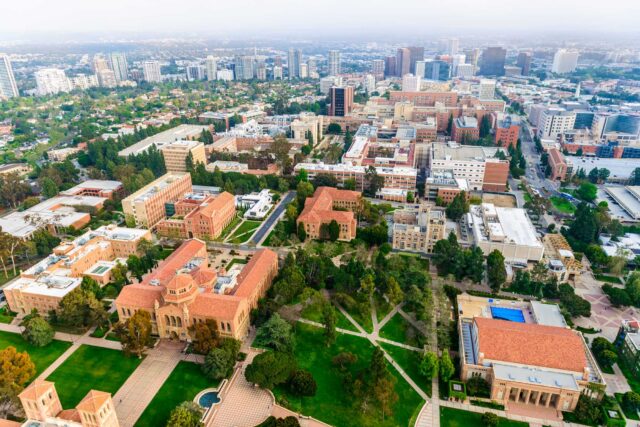
Geography of College Aid in California
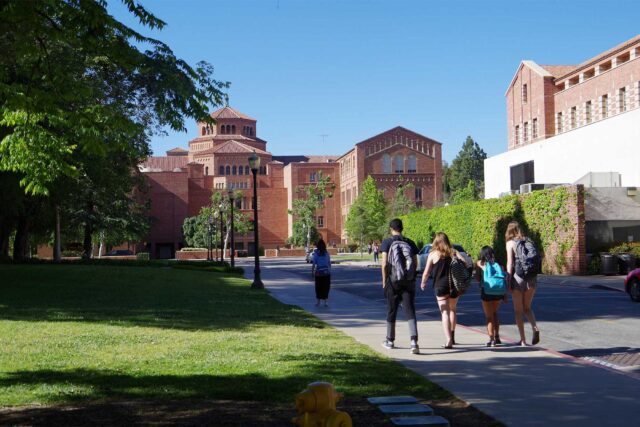
State Financial Aid in California

Student Loan Debt in California

Tuition at CSU and UC Is Growing—but So Is Aid



